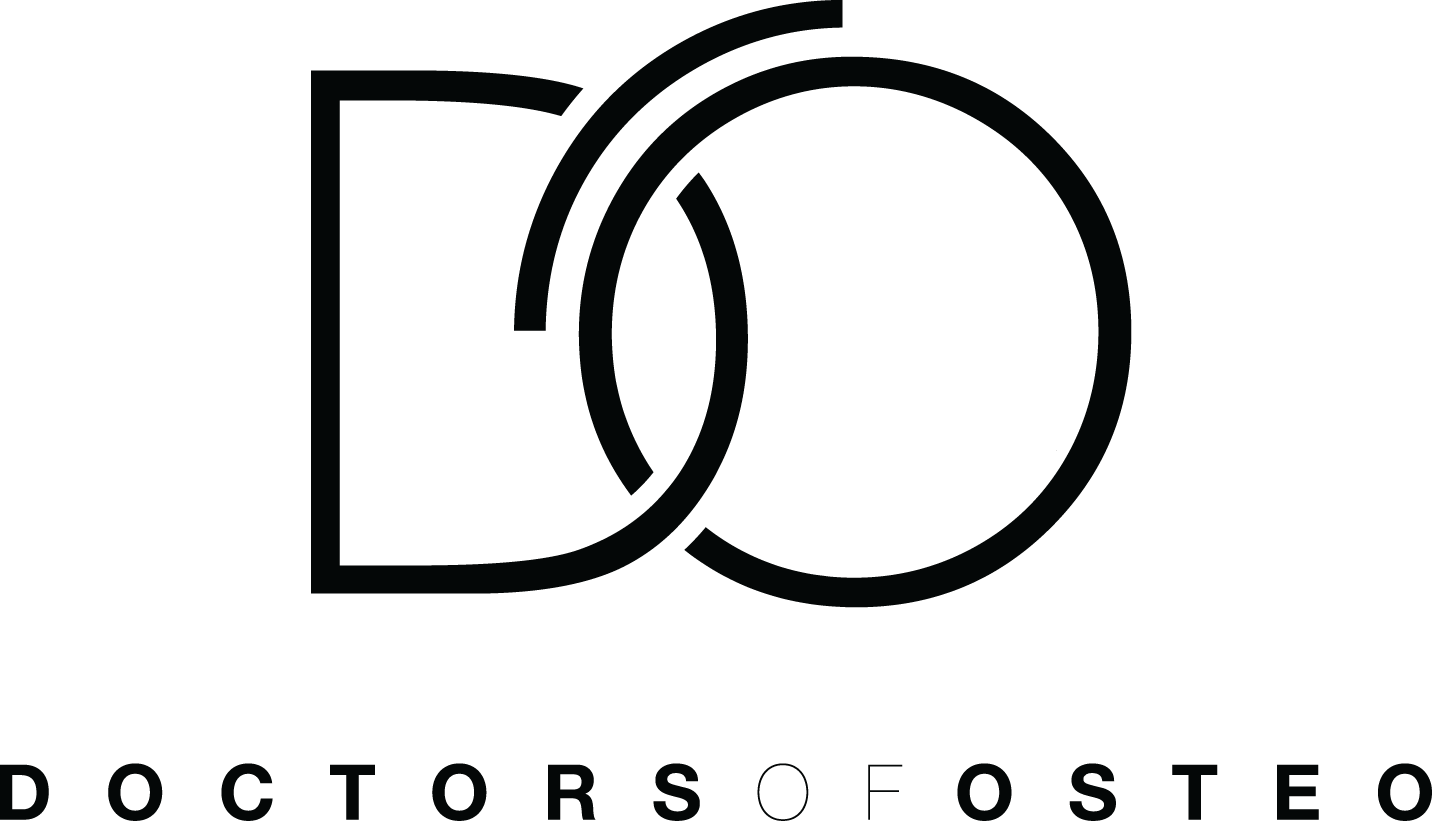Golfers Elbow (Medial Epicondylitis)
What is Golfers Elbow (Medial Epicondylitis)?
Golfer’s Elbow, medically known as Medial Epicondylitis, is a condition that causes pain, weakness, numbness/ tingling or swelling on the inside of your forearm and elbow. The pain is commonly attributed to overuse of the forearm flexors, whose role is to control gripping, wrist flexion and finger bending.
How does Golfers Elbow (Medial Epicondylitis) occur?
Golfers elbow/ Medial Epicondylitis is categorised as a repetitive stress injury. Sports such as:
Swinging a golf club
Racket sports
Throwing sports
Weight-training
or even tasks such as carrying a heavy suitcase for an extended period, may contribute to an overload of the forearm muscles. These repetitive actions create microtrauma or micro-tearing, resulting in inflammation and pain.
What should you avoid doing if you have Golfers Elbow (Medial Epicondylitis)?
First and foremost, the repetitive action or overload placed on the forearm muscles needs to stop, or at a minimum decrease. Caution should be exercised when returning to the activity or sport. Actions such as cooking (holding a fry pan or pot), housework such as making beds, and lifting children with the affected arm should be avoided to maximise recovery time.
What treatments are there if you have Golfers Elbow (Medial Epicondylitis)?
There is a range of treatment options ranging from home management, manual/physical therapy and in rare cases surgery. In most cases, the condition will get better with rest and manual therapy. However, if left untreated for an extended period it can be harder to treat and may require more invasive methods of treatment which are discussed below.
What can I do at home to help with my Golfers Elbow (Medial Epicondylitis)?
Ice: Icing the elbow after use to reduce swelling and inflammation.
Bracing/support: An elbow brace should be fitted correctly to reduce tension where the muscle inserts. We recommend 3 finger-widths from the bony prominence on the inside of the elbow.
Rest: Gripping activities should be avoided while the wrist is painful.
Medication: Non-steroidal anti-inflammatories (NSAIDs) such as aspirin, ibuprofen and naproxen can reduce the inflammation in the area (always discuss medications with your general practitioner).
Exercises/ stretches: After assessment via your osteopath, a set of exercises and stretches to perform at home will be implemented to enhance recovery and prevent reoccurrence.
Can my Osteopath help with Golfers Elbow (Medial Epicondylitis)?
Osteopaths commonly treat both Golfer’s and Tennis Elbow (Medial and Lateral Epicondylitis). Firstly they take a detailed health history ranging from previous trauma/ injuries to activities of daily living. They may:
Assess your elbow and may order radiographic imaging to assist with the correct diagnosis and prognosis (how long it takes for the elbow to heal).
Help identify the actions in your day-to-day life, which may be contributing to making gollfer’s elbow (medial epicondylitis) worse.
This allows them to make suggestions on how to perform certain tasks as to not irritate the tendon and muscles further.
Utilise specific soft tissue, joint manipulation and adjunct treatment techniques during your appointment, to promote tissue healing, restore range of motion, and increase fluid movement.
We also provide Shockwave therapy and Laser therapy which may help reduce pain and inflammation in Golfer’s Elbow (Medial Epicondylitis)
A comprehensive exercise and stretching rehabilitation program is prescribed by our osteopaths. Once we help reduce your pain and inflammation we can slowly reintroduce strength training to help you return to your daily activities and down the track, sports and the initial aggravating activity.
Providing healthcare with our osteopaths near me in Hawthorn, Hawthorn East, Kew, Balwyn, Canterbury, Camberwell, Camberwell East, Richmond, Malvern and Glen Iris.



